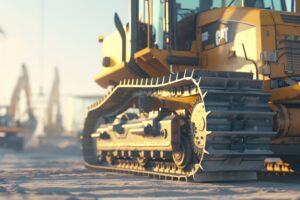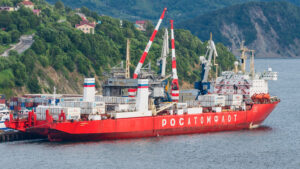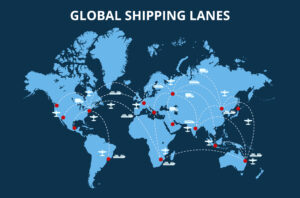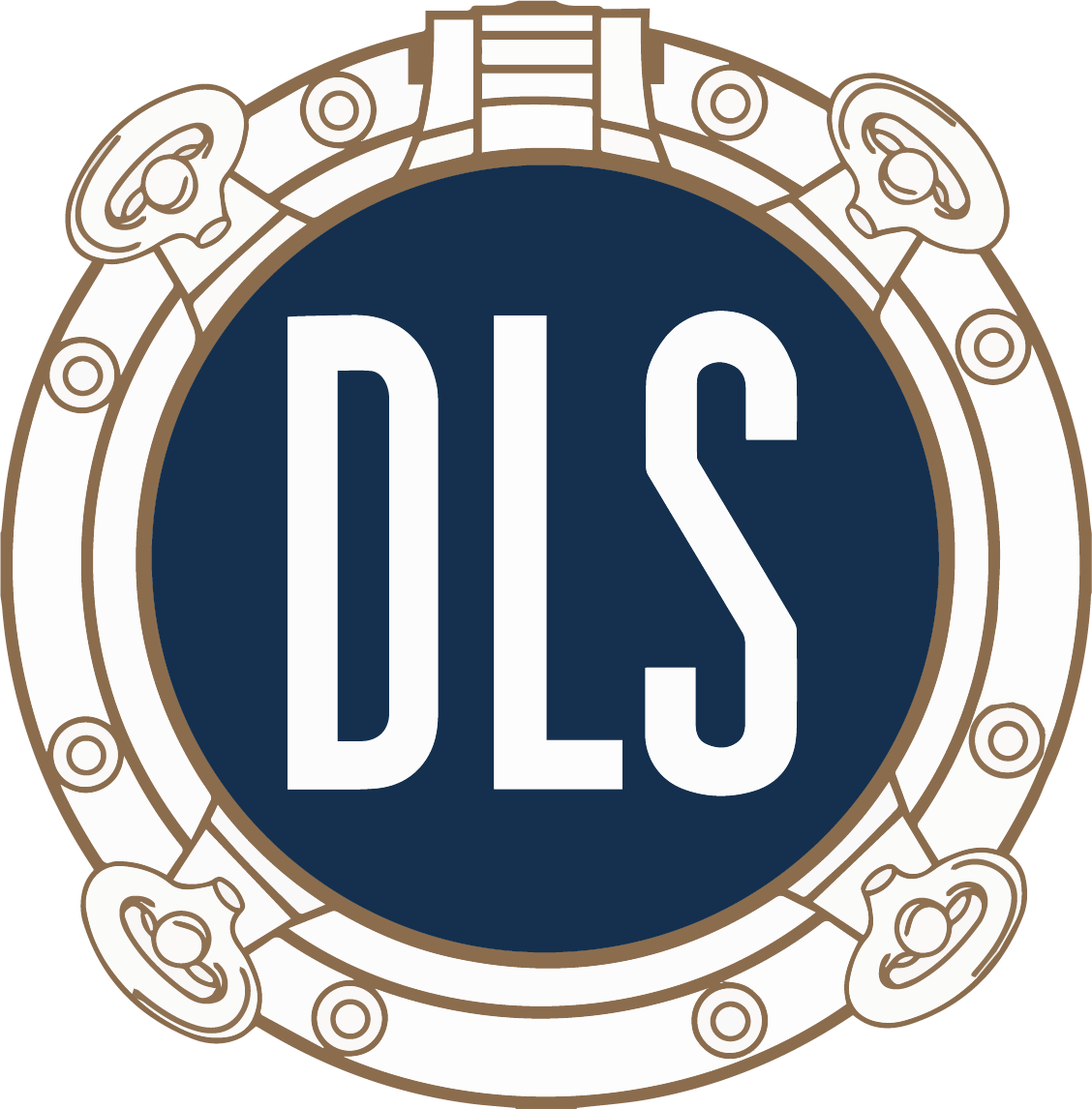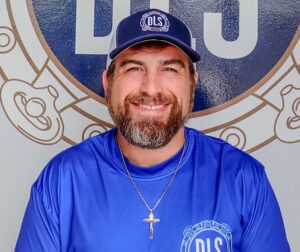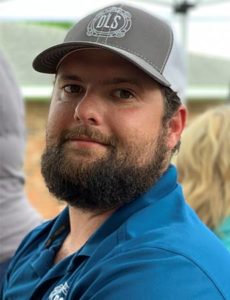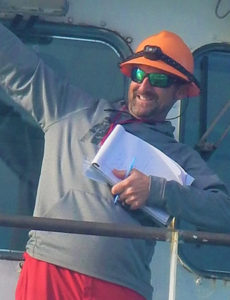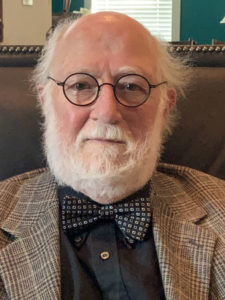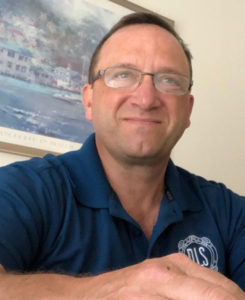- June 26, 2024
- Industry, Marine News
“I saw a great documentary on how ships are built. It was riveting.”
-Anon.
Commercial boats were similar in design and propulsion for about 30 years-from around 1930 to 1960. In 1955, Malcom McLean and the IDEAL X, a converted T2 tanker, started the container business. The first purpose-built containership, the Australian M/V KOORINGA, was built in 1965. Innovation in design, purpose, and propulsion – including the creation of super tankers – grew from the 1960s throughout the 1980s. From the 1980s until around 2020, advances continued, particularly focused on specialization and growth in capacity or performance.
With new GHG emissions regulations and corporate ESG concerns, designs and outfitting are now changing faster than they have over the previous 80 years. The propulsion and hull design of a ship in 2030 will be strikingly different, even than that of a peer ship built by 2020. There will also be changes in shipping routes and in port operations. This is costing an enormous amount of money. Your socks, TV, stove, and bottle of wine will all be more expensive. The rise in shipping costs is due to assured climate change, no matter what created warmth and storms.
 Adobe Stock Image
Adobe Stock Image
The Poseidon Principles, a climate agreement backed by 34 banking signatories in the global shipping sector, is entering its 5th year. They have reported continued progress towards their goal to reach a 50% CO2 reduction in their shipping fleet portfolios by 2050. The portfolios under this climate agreement are presently valued at $240 billion dollars. Eleven of these portfolios were aligned with the desired trajectory. This is one third of the members, up from the previous year’s quarter. While there are some below the desired trajectory, 63% have at least 5% of their portfolio above the desired trajectory, up from last year’s 50%.
Reaching the goals set by the Poseidon Principles has gotten more difficult when, last year, the group agreed to also comply with the IMO’s stronger GHG strategy for 2030 and 2040. This will encompass a more comprehensive well-to-wake lifecycle. Groups like Poseidon Principles help owners get the necessary funding to comply with the IMO goals.
Besides banker’s funding, major corporate shippers of goods are moving into long term agreements with ship owners. These longer contracts help bankers, like the Poseidon members, justify new construction loans. Shippers will be paying higher rates to the owners who can now justify the higher cost to build and run newer generation ships. These agreements are complicated as they are written requiring high reduction in greenhouse gases on a lifecycle basis relative to the use of fossil fuels.
Complications will also be in general charter parties where shippers will have to make individual charters to fit the way the ship will be conforming with the IMO required reduction in GHG. If older ships need slow steaming as part of their formula to reduce fuel consumption and the reduction in the produced emissions, their voyages will take longer and create more charter days or delay arrival of the cargo. The fact that charterers may not be happy with this situation may hasten the demise (and interim the value) of ships over 10 years old. Recent data from Clarksons show that 31% of the world fleet is older than 15 years, and 35% of the world fleet have a letter rank of “D” and “E” under the IMO CII rule.
A 2023 study by VesselsValue looked at how the value of ships changed based on their performance and CII grade. Some marginal ships will do slow steaming to burn less fuel and reduce emissions which will keep a low but acceptable rating on that vessel without any refitting costs. Ships that have added clean performance equipment or design may be able to run at higher speeds and still have reduced emissions. The VesselsValue study showed that the S&P value of ships in the middle “C” rating have a 9% increase in speed, which increases their value 7%. For the ships in the bottom ratings, the reduction in speed of 12% to match the higher “C” class rating would also reduce their value 12%. This is a bit theoretical as VesselsValue works through data and algorithms. It will become clearer as the CII ratings are assigned, as more sales activity becomes available, and if owners act to improve their ratings over the next three years. In some spot checking of current sales, I’ve seen a slight preference for ships with scrubbers over those using VLSFO. This may be from buyers who may trade where VLSFO is quite expensive or not readily available. Not all operators can afford or want to spend the money for low sulfur fuel, scrubbers, high tech hull paint, and the expensive conversion to dual fuel engines.
Many owners that operate less than a dozen ships may be operating under the standard of asset play to make their profit. That is the clever use, like in stocks, to buy low and sell high, outthinking the market. They will now have to play in a market where my ship is greener than your ship.
Eventually there will be better agreements to accurately measure well-to-wake emissions. It will ultimately be a tool used by bankers and charterers to have a clearer view of what actions and/or design factors are truly effective and acceptable.
Clarksons has stated that under the current CII standards and present vessel technology and speed patterns, 31% of the fleet by tonnage would fall into the IMO CII bottom level. This could mean many scrapped vessels leading to shortages in some vessel types. It may bring in a new marine industry made up of large fleets that run on the advantage of economies of scale to reach the goal of positive cash flow and profits while complying with the industries’ ecological demands.
The Geneva Dry is a major world conference for owners and others involved in the movement of commodities in bulk carriers. Articles covering the conference were optimistic about the standards of the next generation entering the industry. As one conference speaker put it, “Gen Z will hold the value chains accountable”. This was both a warning and a rallying cry to companies still stuck in the “dark ages”. Environmental standards are at the top of the agenda, meaning we have a much better chance of seeing these goals achieved.
There have been studies on how fuel costs may affect the movement of containers. A consultancy group in the UK called UMAS conducted a study on costs for trans-Pacific service. They calculated that the difference in cost between fossil fuels and green fuels in 2030 could range from $150 to $450 per TEU, depending on cost and the type of fuel. With these new fuel costs the increase in the supply of the varied new fuels will bring down the cost difference considerably by 2050.
The CEO of the Japanese Ocean Network Express (ONE) stated that the overall fossil fuel cost for a trans-Pacific container ship is $1000 per 40ft container (FEU). Using the clean fuels, he expects the FEU cost to be around $2000 to $3000 per equivalent unit.
More shocking, the UMAS study looked at total cost of operation. This included CapEx costs and standard historic operational costs, including fuel. In 2030, the cost on the trans-Pacific route using scalable zero emissions fuel (SZEF) would cost $20MM to $30MM more per year, of which $18MM to $27MM is just fuel.
Keep in mind that this trans-Pacific talk is about the highly efficient container ships in the 18,000 to 24,000 TEU capacity. But it takes a tremendous amount of fuel to move a heavily laden 1200ft ship at 20 knots. Bernoulli’s equation explains drag as the resistance force that acts on an object as it moves through fluid, which is proportional to the square of the speed.
While those high numbers sound troublesome, a 40ft container will hold a lot of running shoes, coffee pots, and can openers, so the extra cost per shoe is less of a shock. One source stated the effect on a pair of Nikes would be 47 cents, but an extra dollar or so on every item adds up. For larger items the difference will be even more noticeable.
The Latest on Alternative Fuels
As of April, Clarksons advised that 48.8% of new vessels on order, based on a Gross Ton basis, will be built with alternative fuel capabilities. In that group, 37.8% are LNG and 8.2% methanol. There is also an order for four ammonia powered vessels. LNG should stay ahead for the next few years as there are more worldwide sources for LNG fuel than for any other alternatives, other than low sulfur standard fuel.
Each fuel has a different calorific content, and prices can vary according to market demand, or subsidies offered in some ports. At a major port it may be cheaper to buy LSFO, LNG, or a biofuel blend like B24-VLSFO. At small ports there may be no good choice.
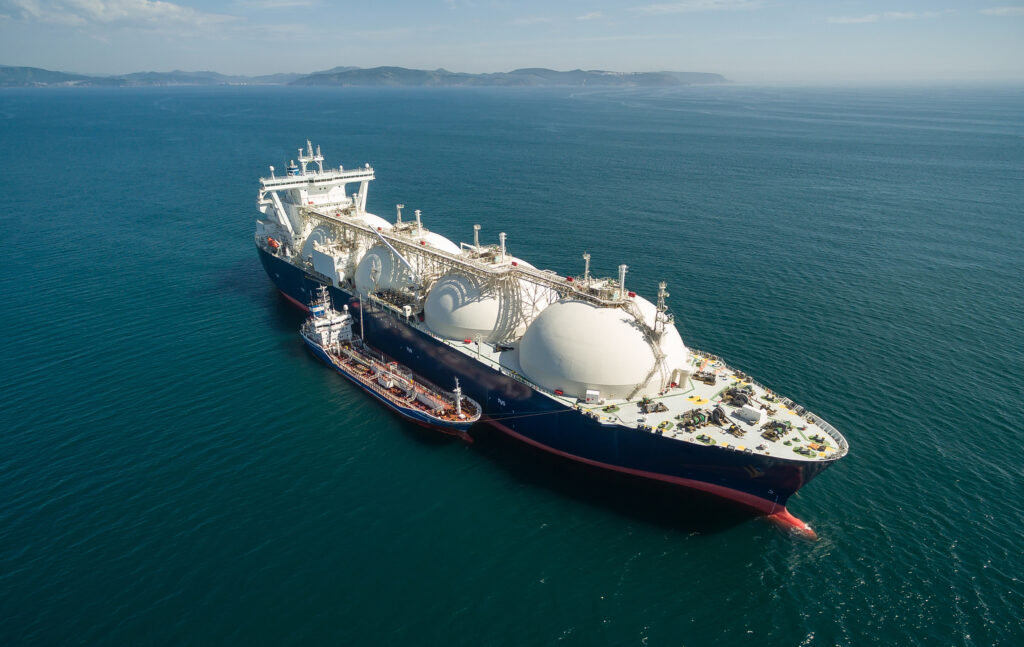 Adobe Stock Image
Adobe Stock Image
Several Japanese LNG carriers are powered by steam turbine engines. A new design of a low-pressure dual fuel diesel engine, one that can be run with the boil-off of the tankers LNG cargo, has been approved for retrofitting the propulsion of this class tanker. This step toward efficiency will probably extend the life of these expensive ships, and of course, guarantee the availability of fuel.
While I noted that there are four new ammonia powered ships being built, that is a minor factor in what is going on in the transportation of ammonia. Global trade in ammonia is expected to grow over the next 30 years because of agricultural demand, energy use, and ammonia use in decarbonization. The International Renewable Energy Agency believes that the global demand for ammonia will grow 20% between 2020 and 2030. Currently, 77% of ammonia is used as feedstock for inorganic fertilizer.
The cleanliness of ammonia makes it attractive for the production of a product called AdBlue, which is currently in wide use to clean diesel engine exhaust from trucks and construction equipment. Blue and green ammonia will also be of interest in co-firing power plants. Initially, ammonia demand will primarily be used for decarbonization in the large industrial countries of Japan and South Korea. Presently, 65% of supply comes from the Middle East and Australia. The Japanese have already placed a high technology green ammonia tanker in service between Japan and Australia.
Ammonia is currently carried in large and medium sized gas carriers. The growth in demand is creating the specialized vessels to be known as Very Large Ammonia Carriers (VLAC). Currently, Very Large Gas Carriers (VLGC) used for LNG/LPG have an 80,000 to 95,000 cubic meter capacity. These vessels are now being designed to also carry ammonia.
There are 36 VLACs ordered with the majority being built in South Korea. They are all dual fuel and are expected to be delivered in 2026-2027. Based on these orders, the cost appears to be between $120MM and $125MM. For now, dual fuel vessels will start service in the LPG market and will have the capability to transition into ammonia service as the demand builds. The ammonia demand could potentially grow faster than the availability of the new VLACs. An ongoing problem is the restricted availability of VLAC slots in Tier One shipyards. For this reason, the easiest path forward may be to use existing smaller 45,000 cubic meter LPG carriers and Medium Gas Carriers (MGC). Future designs of these ships will have them outfitted to carry ammonia as well.
As always, the growth in demand for a product produces a growth in the demand for transportation of the product. The International Energy Association’s latest report, Oil 2024, suggests global demand for oil will peak in 2029 and start its decline thereafter. Maritime Strategies International believes that the demand for alternative fuels for the low carbon economy will continue to grow over the next 25 years, growing the demand for blue and green ammonia. This could mean close to 400 VLACs compared to the current fleet of 375 VLGCs. The growth of ammonia and fertilizer use may soon greater affect commerce on the Mississippi River. The group PCS Nitrogen Fertilizer LP has plans to build new dock facilities in Geismar, Louisiana, and a new green ammonia plant adjacent to their current fertilizer plant. They backed off on the green ammonia plant construction due to the rise in costs but have continued the permitting process regardless. Even without this new plant, there could be the arrival of VLACs and a growth in ammonia carrying barges and tows on the river.
At the other end of the spectrum, there are 307 smaller vessels (greater than 100 GT) on order that will have battery or battery hybrid power.
The Maritime Role in Emissions
There has been constant pressure for the maritime and aviation industries to reduce their greenhouse gas emissions. Together, they contribute just short of 5% of the global output. Note what this is costing the maritime industry along with countries and the public. The world’s electricity and heat emissions contribute 29% of global output. Agriculture is 24%. Cars and vans 7%. Trucks 4%. There is pressure on transportation and power sources to also reduce their emissions and Climate Watch graphs indicate these groups topped out around 2018. Agriculture hasn’t improved and continues to increase its GHG emissions as the world population grows.
A Look at Inland
In the grain market, corn and soybean exports are expected to increase in 2024-2025. For corn, a large yield will produce a lower price which will make U.S. corn more attractive in several foreign markets. U.S. beans will have another year like last year due to a drop in production in other soybean producing countries. For now, southbound hopper barge rates are only above breakeven and getting softer. Barges allocated to fill the short-term demand for coal due to the closure of Baltimore, and fertilizer barges being unloaded as farmers obtain their needed supply has given the market a surplus of empty barges. An estimate by River Transportation News puts the layup of inland dry barges at 15% to 20%. Despite this, Arcosa Shipyard shows a very good first quarter 2024 in income and orders for both hoppers and tank barges.
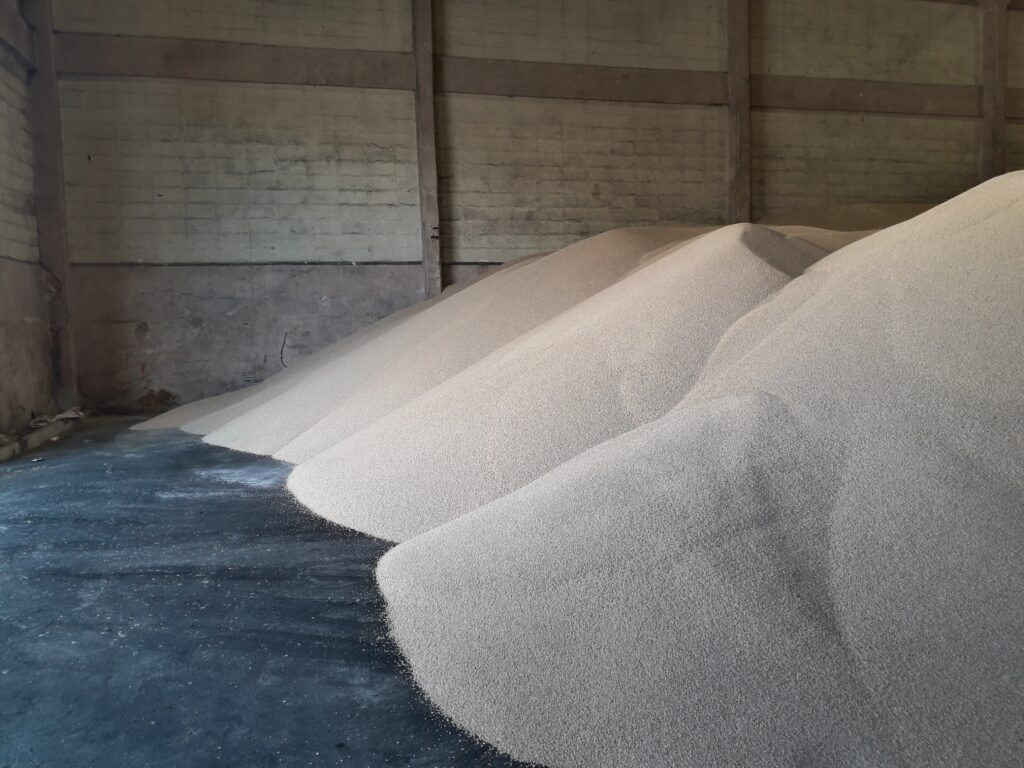 Adobe Stock Image
Adobe Stock Image
For northbound, some imports have grown. One is fertilizer, currently at its highest demand as farmers prepare for the growing season. Also in demand are the materials for making steel, such as iron ore and pig iron. Cement, aluminum, and alumina are down, as was salt due to a warm winter. This will probably be a reoccurring drop.
In the tank barge area, Kirby announced a good first quarter in 2024. This was due to a rise in rates and continued utilization in the 90% range. Spot market and contract prices went up because of a combination of an equipment shortage and a pause in new tank barge construction due to the cost of CapEx. There was also a growth in the percentage of contract agreements. This latter appears to be an action by barge users in the belief that the continued shortage in 2024 will curtail the availability of barges in the spot market and create pressure for spot rates to continue to rise.
Offshore Wind
Offshore Windfarm roulette continues. New York Authorities cancelled three projects from a future solicitation round: Attentive Energy One-1.4GW, Community Offshore Wind-1.3GW, and Excelsior Wind-1.3GW.
Rhode Island Energy cancelled the agreement for Revolution Wind 2 when they determined it was no longer economically viable. Martha’s Vineyard 1.2GW Commonwealth Wind was also cancelled.
The presumptive Republican Presidential nominee Donald Trump has stated, if elected, he will end offshore wind projects on day one of his term. While the U.S. offshore wind industry has unlimited potential for growth, ever-increasing construction and financing costs are impeding progress.
-Norman Laskay
If you’d like to keep this conversation going, please email me at nlaskay@DLSmarine.com

